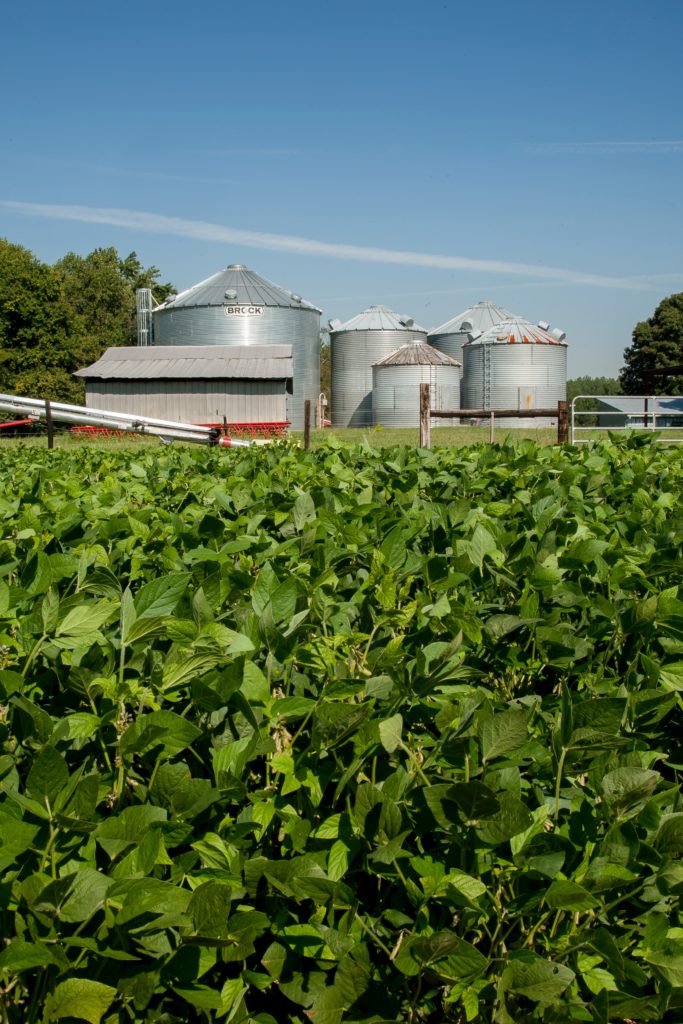Contactez-nous pour discuter vos besoins
La norme ISO 8573-1:2010 établie par l’Organisation Internationale de Normalisation permet de classer la qualité de l’air en fonction de trois paramètres :
– Le nombre de particule par m³
– La teneur en vapeur eau, pouvant être également définie par le point de rosée par m³
– La teneur en vapeur d’huile par m³
Le but l’ISO 8573-1:2010 est de vous fournir les bonnes informations concernant les différents polluants présents dans votre réseaux d’air.
Ces estimations vous permettrons de répondre aux exigences de qualité d’air tout en étant au plus près de votre cahier des charges.

Contact direct avec des aliments “non secs” (par exemple, boissons, viandes, légumes, etc.) L’air comprimé est utilisé pour le transport ou le mélange, mais aussi dans la production de certains aliments.
Dans une machine d’emballage, l’air comprimé entre aussi en contact direct avec les matériaux dans lesquels les aliments seront emballés.
Pour ce type d’application, on recommande de respecter la qualité d’air suivante :
• Particules= Classe 1
• Eau = Classe 2
• Huile = Classe 1
La mondialisation des flux de produits et la croissance des exigences des consommateurs ont rendu indispensable le développement d’un référentiel commun de la qualité et la sécurité des aliments.
International Featured Standard est un référentiel d’audit, créé en 2003, qui certifie les fournisseurs d’aliments des marques de distributeurs.
Elle est basée sur la norme ISO 9001 et le système HACCP.
Elle se rapproche de la norme ISO 22000 qui traite du management de la sécurité des denrées alimentaires.
L’ IFS (International Food Standard) a été créé, afin de mutualiser les exigences des différents audits distributeurs autrefois réalisés séparément. L’International Food Standard est un référentiel unique et reconnu dans le monde entier, qui s’applique à toutes les étapes de la transformation des produits alimentaires. Fournisseurs de marques distributeurs et produits premier prix, la certification IFS vous garantira une reconnaissance auprès de vos clients.
Le référentiel identifie les critères de sécurité alimentaire, de qualité et de fonctionnement opérationnel requis au sein d’une entreprise de fabrication alimentaire.
Il ne s’applique pas à des produits alimentaires qui ne sont soumis à aucun processus sur le site audité ou à des activités relatives au commerce de gros, à l’importation, à la distribution ou au stockage qui ne relèvent pas du contrôle direct de l’entreprise.
Cette norme est reconnue par la Global Food Safety Initiative (GFSI). Ce référentiel est basé sur l’HACCP, l’Hazard Analysis Critical Control Point
L’HACCP correspond à l’analyse des dangers – point critiques de leur maîtrise. C’est avant tout une méthode, ou outils de travail qui identifie, évalue et maîtrise les dangers significatifs pour le consommateur pouvant intervenir au cours de la production d’un produit alimentaire. L’analyse HACCP se concentre sur trois classes de dangers pour la sécurité alimentaire :
• Les dangers biologiques (virus, bactéries…)
• Les dangers chimiques et allergènes (pesticides, additifs…)
• Les dangers physiques (bois, verre…)
En conclusion, être certifié IFS et/ou BRC, garantie que l’entreprise certifiée a mis en place un système qui prend en compte le risque alimentaire et met en œuvre les actions indispensables qui permettront de le neutraliser, et que ses objectifs principaux sont la sécurité et la satisfaction du consommateur.